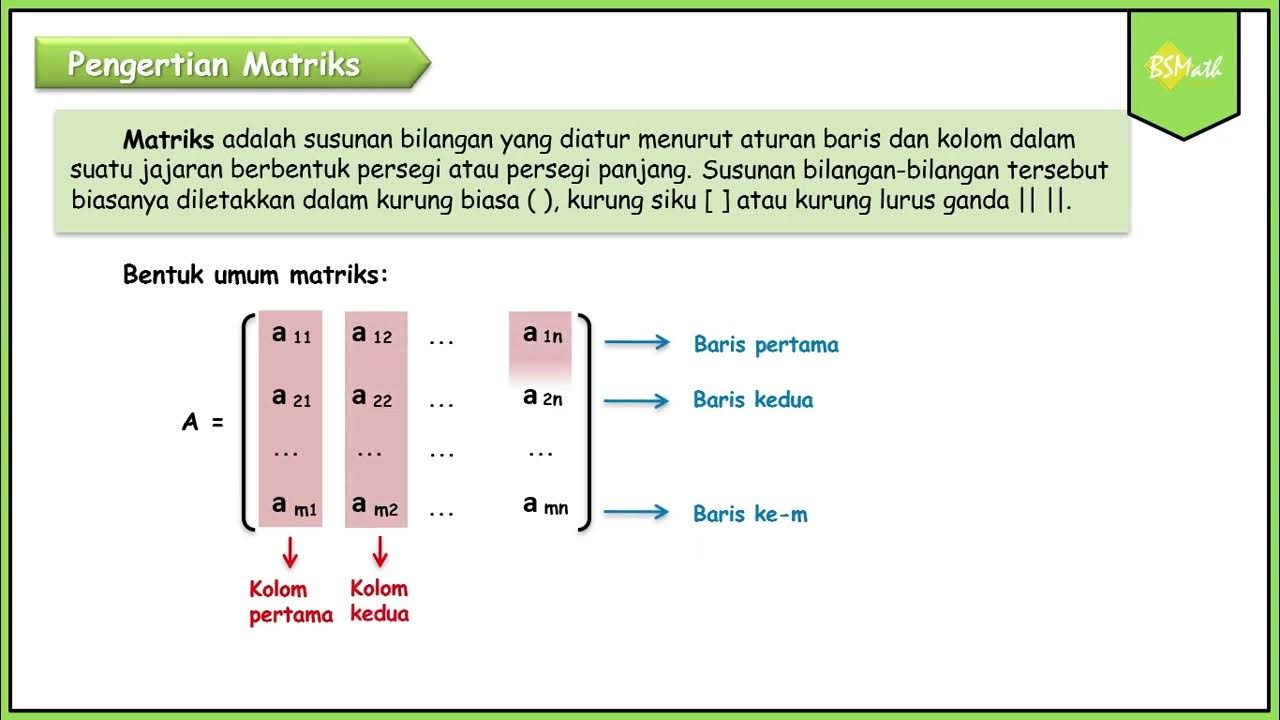Mengenal Unsur-Unsur Puisi #bahasaindonesia #kelas11 #sma #smkbisa
Summary
TLDRIn this educational video for 11th-grade students, the teacher introduces the essential elements of poetry, focusing on both physical and internal structures. The lesson covers topics such as diction, imagery, concrete words, figurative language, and typography in modern and traditional poetry. Additionally, the internal aspects of poetry, including theme, emotion, tone, and message, are explored. The teacher uses the poem 'Aku Ingin' by Sapardi Joko Damono to illustrate these concepts. The video concludes with a motivational message from Buya Hamka, emphasizing the importance of trying, learning, and finding opportunities for success.
Takeaways
- 😀 Poetry is a form of literary work with poetic elements like diction, imagery, and rhythm.
- 😀 Poems are classified into traditional (like pantun and syair) and modern types, with modern poetry being free-form.
- 😀 Modern poetry uses everyday language but still employs beautiful diction and literary devices to express deep emotions.
- 😀 Poems have both physical and spiritual structures, where physical refers to the form, and spiritual refers to the deeper meaning.
- 😀 Diction (word choice) is key in poetry, impacting how ideas are expressed and the emotional effect on the reader.
- 😀 Concrete words help readers visualize or touch what is being described, adding depth through symbolism.
- 😀 Imagery (visual, auditory, tactile) is crucial in poetry, as it brings the poem's meaning to life through sensory experience.
- 😀 Figurative language (such as metaphors and similes) enriches the poem, making it more meaningful and beautiful.
- 😀 Typography in modern poetry refers to the visual arrangement of the poem, which can influence its emotional and conceptual impact.
- 😀 The spiritual structure of a poem includes its theme (main idea), the poet’s feelings, tone, and the message or lesson conveyed to the reader.
Q & A
What is the main focus of this lesson?
-The main focus of this lesson is to understand the elements of poetry, including the physical and emotional structures of a poem.
What is the definition of 'puisi' (poetry) as mentioned in the video?
-Poetry is a type of literary work with poetic elements such as diction, associations, figurative language, imagery, rhyme, and rhythm.
What are the differences between traditional and modern poetry according to the lesson?
-Traditional poetry, like pantun and syair, is structured with rhyme and line count, while modern poetry is free-form, not bound by rhyme or line structure, and often uses everyday language.
What are the key components of poetry's physical structure?
-The physical structure of a poem includes diction, imagery, concrete words, figurative language, and typography.
How does 'diction' influence a poem?
-Diction refers to the choice of words in a poem, which affects how ideas are expressed and the overall impact of the poem on readers. It includes not just word choice, but also word arrangement.
What does the term 'concrete words' mean in poetry?
-Concrete words refer to words that represent tangible, physical things or concepts that can be seen or touched. However, in poetry, these concrete words often carry symbolic or figurative meanings.
What is 'imagery' in the context of poetry?
-Imagery in poetry involves the use of words to create vivid mental pictures. It can be visual, auditory, or tactile, depending on the sense being appealed to.
How does figurative language contribute to a poem?
-Figurative language, such as metaphors and similes, enriches the meaning of the poem, making it more evocative and expressive by conveying complex ideas or emotions in a condensed form.
What is the 'structure of the soul' in poetry, and how is it analyzed?
-The 'structure of the soul' refers to the emotional and thematic components of a poem, which include theme, the poet's feelings, tone, and the message being conveyed. Analyzing these elements helps to uncover the deeper meanings of the poem.
What are the four elements of the poem's 'soul structure'?
-The four elements of the 'soul structure' are theme, the poet's feelings, tone, and message.
How does the poet's feelings impact the meaning of the poem?
-The poet's feelings are expressed through the tone and atmosphere of the poem, which influences how the reader emotionally engages with the work.
Outlines

このセクションは有料ユーザー限定です。 アクセスするには、アップグレードをお願いします。
今すぐアップグレードMindmap

このセクションは有料ユーザー限定です。 アクセスするには、アップグレードをお願いします。
今すぐアップグレードKeywords

このセクションは有料ユーザー限定です。 アクセスするには、アップグレードをお願いします。
今すぐアップグレードHighlights

このセクションは有料ユーザー限定です。 アクセスするには、アップグレードをお願いします。
今すぐアップグレードTranscripts

このセクションは有料ユーザー限定です。 アクセスするには、アップグレードをお願いします。
今すぐアップグレード関連動画をさらに表示

Bahasa Indonesia Kelas X | Materi BAB VIII "Mendalami Puisi" | SMA Negeri 2 Ngawi

Puisi - Mengenal Unsur unsur Puisi

Berkarya dan Berekspresi Melalui Puisi | Pengertian & Ciri-Ciri Puisi #kelas10 #sma #smkbisa

Kurikulum Merdeka Materi Bahasa Indonesia Kelas 7 Bab 2 Berkelana di Dunia Imajinasi (Teks Naratif)

Pengertian Matriks - Matematika Tingkat Lanjut SMA Kelas XI Kurikulum Merdeka

MATERI SAJAK SUNDA KELAS X
5.0 / 5 (0 votes)
